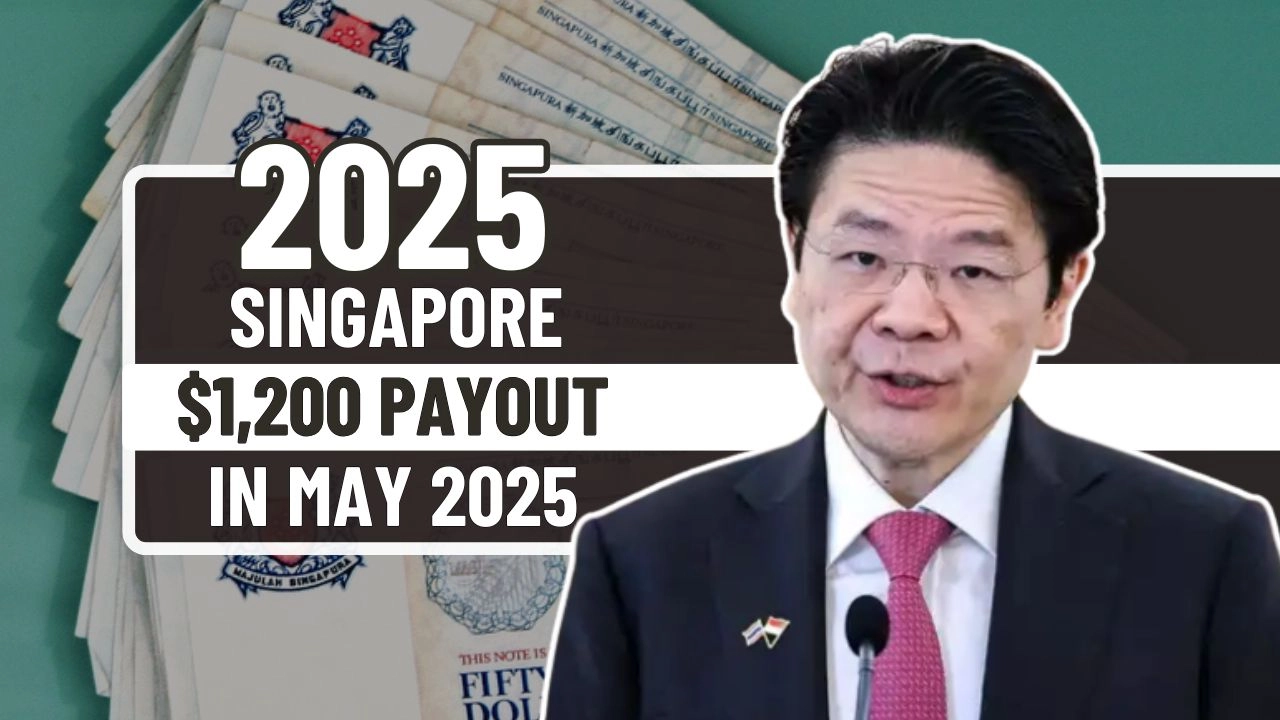Amidst ongoing economic uncertainty, the Singaporean government has launched a targeted cash support initiative in 2025 to help citizens cope with rising living costs. This one-time disbursement of $1200 is part of the broader 2025 Economic Relief Package, aiming to support those grappling with inflated expenses such as rent, utilities, and essential household needs. Though not a recurring benefit, this payment provides vital support while more comprehensive economic strategies are being developed.
Who Stands to Benefit from the Temporary Relief Package?
The eligibility framework has been carefully crafted to reach those most affected by economic pressures. Only Singaporean citizens and permanent residents are considered for the $1200 payout. The initiative prioritizes individuals with a taxable income below $70,000 and households whose total annual earnings do not exceed $120,000. Furthermore, to qualify, recipients must already be receiving one or more forms of existing government assistance. These include support programs like JobSeeker Payment, Youth Allowance, Parenting Payment, Age Pension, and other similar schemes.
Understanding the Disbursement Timeline and Procedure
Payments under this initiative began rolling out on 2025 and will continue through the end of the month. The funds are being distributed in batches through direct deposit to ensure secure and efficient transfers. To avoid any issues with receiving the funds, beneficiaries are encouraged to ensure their banking details and income records are up to date on government systems such as myGov. Official notifications regarding the status of payments are sent through trusted digital platforms, offering clarity and real-time updates for recipients.
No Red Tape: Automatic Processing of Payments

One of the standout features of this relief measure is its simplicity. There is no application process required. The government uses existing data from support programs to automatically identify eligible recipients. This streamlined approach reduces processing delays and ensures those who need the funds most receive them without bureaucratic obstacles.
How the $1200 Payment Eases Daily Financial Struggles
For over 4.8 million Singaporeans, this payout is more than a number it’s a timely cushion against financial stress. Single parents are using the funds to better manage school fees and childcare costs. Elderly individuals, particularly those on fixed pensions, are finding it easier to manage higher utility and healthcare bills. Individuals currently unemployed or facing job instability are relying on the money to cover critical expenses such as food and housing, helping them stay afloat during uncertain times.
A Glimpse into the Economic Realities Behind the Relief
The decision to provide a one-off payment reflects the government’s awareness of the widening economic gap in society. This short-term intervention comes at a crucial time, preventing further financial distress for those already navigating hardship. It has allowed many to avoid debt accumulation, meet immediate financial obligations, and maintain a sense of normalcy amidst a rising cost environment.
Looking Beyond the April Relief: Future Policy Considerations
While the payment has provided short-term relief, policymakers have acknowledged that this measure alone cannot resolve the broader financial pressures many are experiencing. A more expansive and structural set of economic reforms is expected to be introduced in July 2025 under the Mid-Year Economic Strategy Review. Anticipated proposals include adjustments to wage frameworks, increased subsidies for housing and rental needs, and more robust price control mechanisms for basic services like electricity and water.
The Broader Impact of the Temporary Assistance Program
Though temporary, the $1200 relief payout serves as a critical bridge for many Singaporeans navigating tough economic conditions. By ensuring that the assistance is directed toward those already engaged with the nation’s welfare systems, the government has taken a pragmatic step in addressing both efficiency and equity in distribution. As attention now shifts to long-term policy development, this measure underscores the government’s ongoing commitment to helping citizens endure and eventually overcome current economic challenges.


